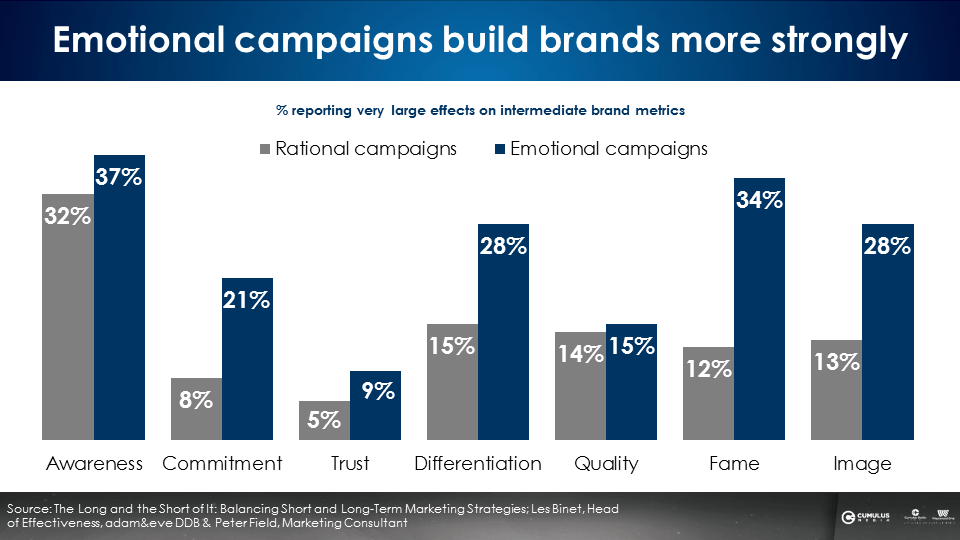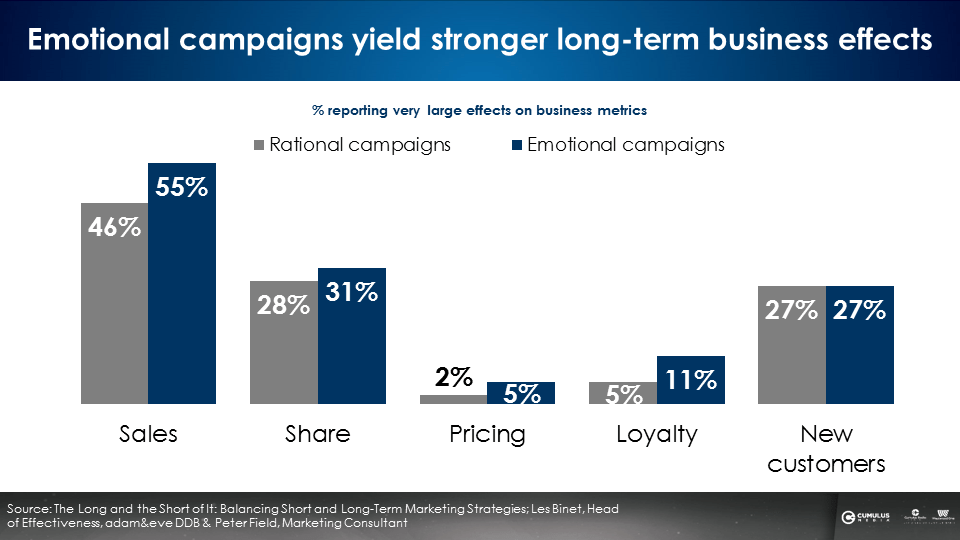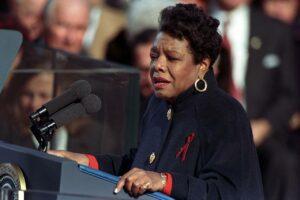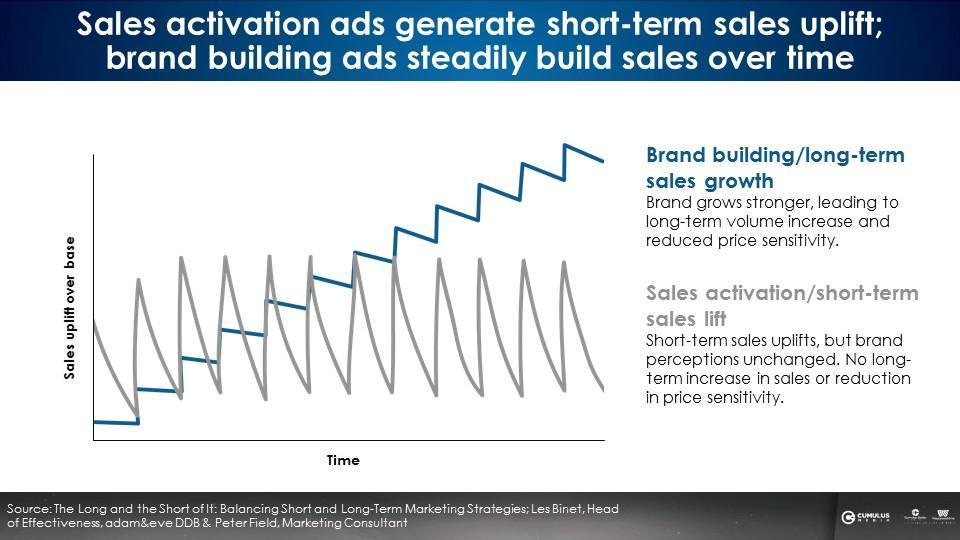Rational Versus Emotional Creative: Short-Term And Long-Term Impact
Should AM/FM radio ad copy be informational and make a factual case for brands? Or should ads employ storytelling that evokes consumer emotion?
Two of the most respected experts in advertising effectiveness sought to understand the answers to these questions. Les Binet, Head of Effectiveness at adam&eveDDB, and Peter Field, Marketing Consultant, studied the world’s largest database of marketing case studies for their book The Long and the Short of It: Balancing Short and Long-Term Marketing Strategies.
Based in London, the Institute of Practitioners in Advertising (the IPA), maintains the IPA Databank of over 1,200 case studies submitted to the IPA’s Effectiveness Awards Competition. Covering a broad spectrum of marketing categories and budgets, they “represent the most rigorous proofs of the effectiveness of marketing communications in the world.”
What builds a brand: rational or emotional creative?
Tom Goodwin, EVP Innovation at Zenith Media USA, offers a simple three-step approach to sales and brand success: “First, making sure the product is top of mind and that awareness is high; second, that the brand is liked and understood, and finally, that the products are good enough to be sure people want to use them time and time again.”
Building top of mind recall and brand awareness is all about reach. Insuring that a brand is liked and understood is the job of brand advertising. But do you build a brand with facts and logical assertions or with emotion-based storytelling?

The Binet and Field analysis found that emotional campaigns build brands more strongly regardless of the measure: awareness, commitment, trust, differentiation, fame, or image. Emotional campaigns are far more powerful at building brands. They create emotional bonds and associations.
What about concrete business outcomes like sales, profit, and share?
Binet and Field found emotional-based advertising generates far stronger business results for these outcomes as well.

Emotional campaigns drive higher long-term sales, share, pricing power, and loyalty. Over time, Binet and Field found that emotional campaigns are far more profitable: “Emotional campaigns’ effects last longer than rational ones and so build more strongly over time: this is especially true of profitability, because of the multiplier effects of emotional campaigns, on both volume and pricing.”
 Maya Angelou: Photo by Clinton Library (William J. Clinton Presidential Library) [Public domain], via Wikimedia Commons
Maya Angelou: Photo by Clinton Library (William J. Clinton Presidential Library) [Public domain], via Wikimedia Commons
Maya Angelou famously said, “I’ve learned that people will forget what you said, people will forget what you did, but people will never forget how you made them feel.”
This is the magic of emotional ads. Feelings have longevity. Binet and Field observe, “Feelings towards brands outlast memories of facts and figures about the brand.”
Rational campaigns only work on people in the market
Ads filled with facts and figures take a lot of work to process and comprehend. According to Daniel Kahneman, author of Thinking, Fast and Slow, “We only [process rational messages] if we are actively engaged in thinking about a purchase decision, or if we are confronted with interesting news, such as a price offer or a new product.” AM/FM radio ads stacked with facts and figures take so much work to process they are easy to ignore. Emotional ads are less likely to be blocked.
Here’s the rub: rational sales activation ads generate more short-term sales uplift
Here’s where short-term sales effects and longer-term impact come to a head. Sales activation ads loaded with facts and figures show greater short-term sales lift.
Rational sales activation ads are the carbs of advertising. A quick sugar hit of sales followed by a fast crash. These ads do nothing to build brand images. There are few long-term brand impacts.
Emotional ads focused on brand building are the protein of advertising. Emotional ads start off slower in sales effect, but build steadily and keep generating sales lift and profit growth.

This the exact illustration of management guru Peter Drucker’s sage observation: “Long-term results cannot be achieved by piling short-term results on short-term results.”
AM/FM radio ad copy should be seen as a tool. Different kinds of copy produce difference results. To build a brand, advertisers should weave emotions into copy. For short-term sales, brands can utilize rational ads to move the needle.
Key takeaways:
- Emotional campaigns yield stronger long-term business effects
- Emotional campaigns build brands more strongly
- Rational sales activation ads generate short-term sales uplift
Pierre Bouvard is Chief Insights Officer at Cumulus | Westwood One.
Contact the Insights team at CorpMarketing@westwoodone.com.